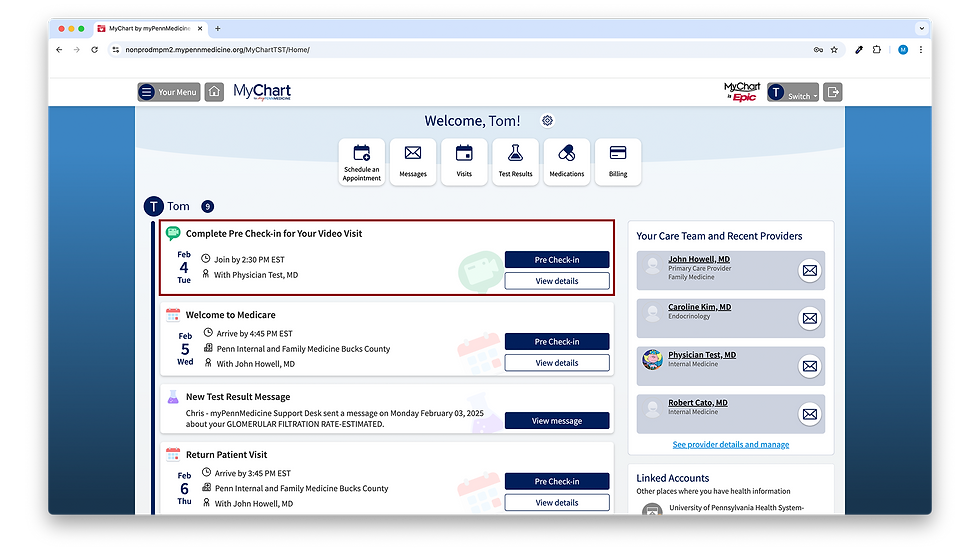Beyond the Body: How Brain-Computer Interfaces are Restoring Movement and Independence
- Kat Usop

- Aug 5
- 3 min read
For centuries, the idea of controlling machines with our minds was a staple of science fiction. Today, thanks to a revolutionary field of research called Brain-Computer Interfaces (BCIs), that fiction is becoming a reality. BCIs are creating a direct bridge between the human brain and external devices, offering a new lease on life for people with paralysis, neurodegenerative diseases like ALS, or those recovering from a stroke.
Here's how BCIs are transforming motor restoration and assistive technology.
The Power of Thought: Controlling Prosthetic Limbs and Exoskeletons
Imagine being able to move a robotic arm simply by thinking about it. This is no longer a dream. BCI technology is enabling individuals with limb loss or paralysis to regain a sense of touch and control over their environment through advanced prosthetics.
Using either non-invasive devices like EEG headsets or surgically implanted micro-electrodes, BCI systems can decode neural signals associated with the intent to move. These signals are then translated into commands that operate a robotic arm, hand, or even a full exoskeleton. This allows users to perform complex, nuanced tasks—from grasping a cup to typing on a keyboard—with a level of precision and control that was previously impossible. It's a game-changer that is literally reconnecting the mind and body.
A Direct Line of Communication: Environmental Control
BCIs aren't just for controlling artificial limbs; they're also providing a direct line to the world around us. For individuals with conditions that limit their ability to move or speak, BCIs offer a powerful way to interact with their environment and increase their independence.
By using their thoughts, users can navigate a cursor on a computer screen, select items, and communicate through virtual keyboards. BCIs can also be integrated with "smart" home systems, allowing a person to control lights, change the channel on a TV, or adjust the thermostat—all without lifting a finger. This ability to control one's surroundings empowers users and gives them a newfound sense of autonomy.
Rewiring the Brain: BCIs for Neurorehabilitation
Beyond simply replacing lost function, BCIs are also proving to be powerful tools for helping the brain heal itself. This is particularly true in the field of neurorehabilitation for stroke and brain injury survivors.
The brain has a remarkable ability to reorganize itself, a process known as neuroplasticity. BCIs can harness this ability by creating a feedback loop. A patient might be asked to imagine moving their hand, and the BCI system detects the neural activity associated with that thought. This signal is then used to move an external device, such as a hand orthosis. The visual and physical feedback of seeing the device move in response to their thoughts reinforces the neural pathways in the brain, encouraging it to "rewire" itself and potentially regain some motor function. This innovative approach is speeding up recovery and offering new hope to countless patients.
A Future Full of Possibilities
The field of BCI for motor restoration is still in its early stages, but the progress so far is nothing short of incredible. As the technology becomes more refined, less invasive, and more accessible, we can expect to see an even wider range of applications. From restoring the ability to walk to enabling a person to play video games with their mind, the potential of BCIs to empower and restore human potential is virtually limitless.


Comments